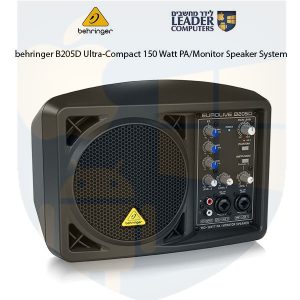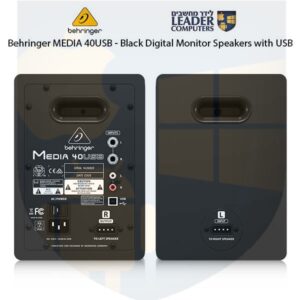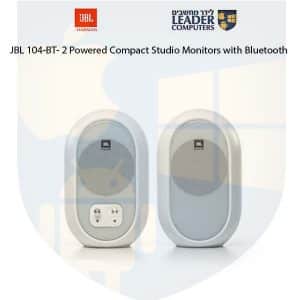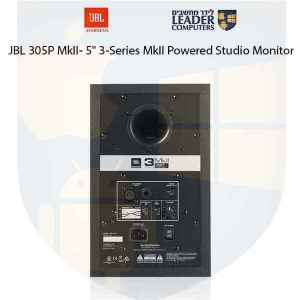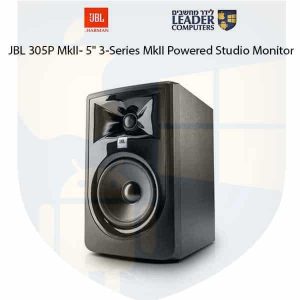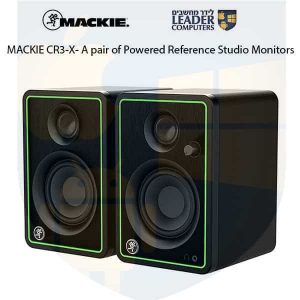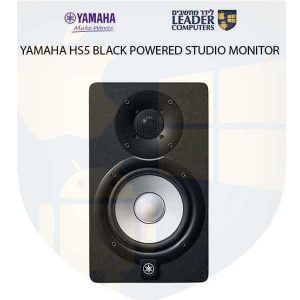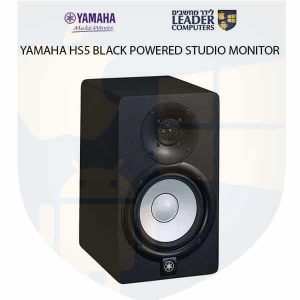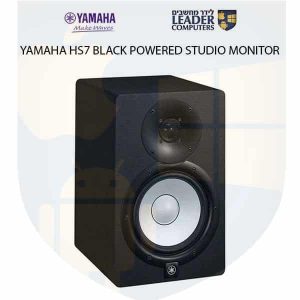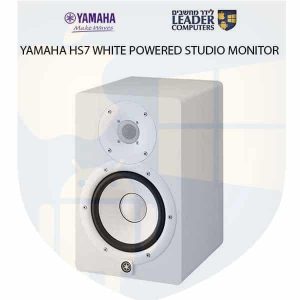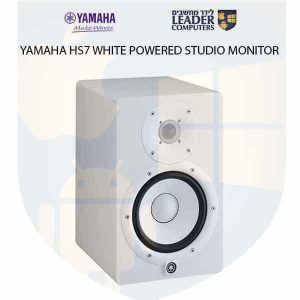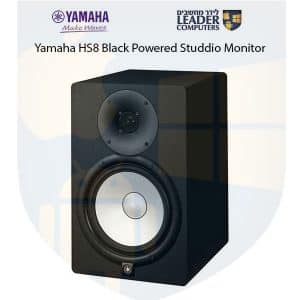
Leader Computers Because of the service Because of the quality Because of the price Because of professionalism

לידר מחשבים בגלל השירות בגלל האיכות בגלל המחיר בגלל המומחיות
Speakers - Monitors
Showing all 13 results
Speakers - Monitors
Recording studio monitors & Speakers
Studio monitors & Speakers are a low-power speaker system with a perfectly smooth frequency response used in a professional recording studio to control instrument balance, performance during recording, and the quality of the mixed signal.
The main purpose of monitors is to display the sound of the recorded material as accurately as possible. Therefore, studio monitors don’t choose for the beauty of their sound. First of all, monitors must identify the maximum number of recording features and defects.
The main indicators of the quality of studio monitors are: linearity of the amplitude-frequency response and phase-frequency response, the width of the transmitted frequency range and power.
The main purpose of studio monitors
The most important requirement for studio monitors is the requirement to reproduce the sound as it is, with maximum accuracy, without any coloration or distortion. In other words, monitors should transmit sound as it was recorded, without embellishment. Given this ability of studio monitors, they can be used for writing and listening to any type and genre of music, that is, monitors should be universal in relation to any type of music.
Varieties of studio monitors
Monitors are usually divided, depending on their power and size, into near, middle and far field monitors.
Near-field monitors are monitors from 5 to 8 inches and a power of about 100 watts. These monitors are usually used in home or small semi-professional studios. Such monitors are installed on the desktop or on special monitor stands at the table, so that the distance from them to the sound engineer is about 1.5 meters. Near-field monitors perfectly reproduce mid and high frequencies, which is very important when mixing tracks and editing a working phonogram.
Medium field monitors are 8-inch monitors and over 100 watts. Such monitors are mainly used in large professional or large home studios at a distance of 2 to 4 meters from the sound engineer. Medium field monitors allow for panorama and spatial effects that are difficult to hear on near field monitors.
Far-field monitors are monitors up to 12 and sometimes up to 18 inches in size and with a capacity of up to 3000 watts and above. They are located at a fairly large distance from the sound engineer. Used for mastering audio material. They allow to listen to the general picture of the mixed composition at all volume levels and in the entire frequency range.
When choosing studio monitors, it is very important to pay attention to their frequency range, it should be on average from 51 Hz to 22 kHz.
In general, the more expensive studio monitors are, the better their sound, and the better the result of your work.

